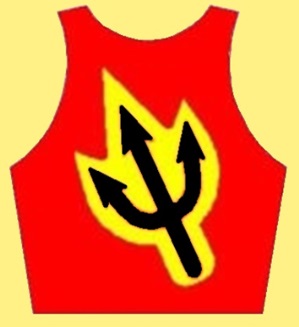Openingsuren & Contact › Website vbrbelgium Octrooi Technologie › Historisch overzicht project 7.92x24 mm VBR-Belgium
- KOOPJES
- Stock klasse 4 kogelwerende vesten onmiddellijk leverbaar
- T-shirts
- Polo's
- Torskin
- Broeken
- Vesten
- Plaat dragers
- Anti Kalashnikov vesten
- POLITIE UITRUSTING
- Handschoenen
- Mouwen
- Bivakmutsen
- Sjaals en col
- SECURITY uitrusting
- MILITAIRE uitrusting
- Modulaire accessoires
- NOODPAKKET BELGIE
- Survival & Defense Prepping
- Survival shop belgie
- CRISIS survival shop
- Boogschieten
- Jachtkledij
- Persoonlijke bescherming Afrika reizen
- Bescherming tegen slangen
- Voetbalsupporters
- Buitenhoezen kogelwerende vesten
- Beschermende pakketten voor in kogel en steekwerend vest
- Allerlei
- Geschenkideeën
- Veelgestelde vragen - FAQ - Vragen en antwoorden Q&A
- MERKEN
- ==================
- Website vbrbelgium Octrooi Technologie
- ==================
- Terreurdreiging 2024 Wagner terreuraanslag op NATO landen
- Terreurdreiging 2020
- Zelfverdediging tegen mesaanvallen
- Terreurdreiging Nieuwjaar 2018-2019
- Snijwerende kledij doorsnijden door hulpdiensten
- Beschermende kledij voor hulpdiensten
- kogelvrije vesten te koop belgie
- Kogelvrij - kogelwerend vest tegen TT 33 Tokarev
- Snijwerende en kogelwerende T-shirt carriers
- Steekpartij forum update
- Info kogelwerende vesten voor politieagenten
- Beschermende kledij tegen terreuraanslagen
- Overleven in Oekraïne voor Benelux burgers
- Kogelwerende vesten Ukraine / Oekraïne
- ===================
- Hongaars - Magyar
- Slovaaks - Slovenský
- Tsjechisch - český
- Sloveens - Slovenski
- Kroatisch - Hrvatski
- Lets - Latvijas
- Ests - Eesti
- Iers - Gaeilge
- Maltees - Malti
- українська мова / Oekraiënse taal
- Support Shop
- +++
- VBR-Belgium-Vanguardoutfitters
- Engarde® Leopard™ marineblauw NIJ-3A MT-PRO kogelvrij vest
.
==================

Partner sites
- - - - - - - - - -
- www.vbrbelgium.be
- www.vbr-belgium.be
- www.vbr-tactical.com
- www.vbr-tactical.co.uk
.
.


